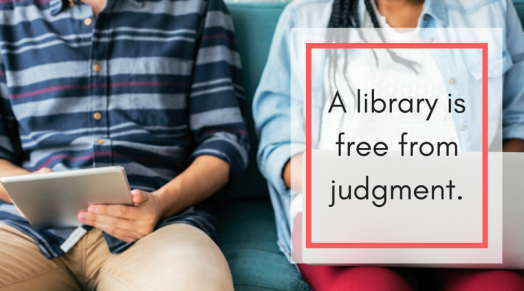Some people like books and some people love books so much they want to read books about other books. I fall into the second camp. If you’re reading this blog post, I assume you do too. Today I’m sharing my top five favorite books about books.

The Shelf: From LEQ to LES: Adventures in Extreme Reading
by Phyllis Rose
One day Phyllis Rose decides that she’s going to read through an entire shelf of books at her library. She chooses LEQ – LES because of the diversity of its stories and authors. I was unfamiliar with many of the books Rose discusses, but I think that’s part of what makes this book so enjoyable. Even if I didn’t have much interest in the book Rose was discussing, I was still captivated because her excitement for the project and passion for good books is contagious. Plus, any book that has the subtitle “adventures in extreme reading” is a book for me. This one doesn’t disappoint.

Ten Years in the Tub: A Decade Soaking in Great Books by Nick Hornby
Always interested in other people’s reading habits, I grabbed this book from the library shelf intending to skim a few pages just to indulge my curiosity about what Nick Hornby likes to read. My skimming quickly turned into actual reading which then led to that fun and frantic feeling of “I can’t put down this book.” What appeals to me so much about Hornby’s writing here is that he’s serious about books, but he doesn’t take books too seriously. He’s all for putting down a book that just isn’t working for him, even if it seems to be working for everyone else. He helped me feel better about my own propensity to buy more books than I can ever hope to read, and I’m always thankful when someone manages to affirm my literary choices. (“Literary choices” sounds better than “book hoarding.”)

84, Charing Cross Road by Helene Hanff
This short book is an absolute delight. It’s a collection of letters between Helene Hanff, a writer living in New York City, and Frank Doel, a used-book dealer in London. Their friendship ends up spanning over 20 years, and even the staff at Frank’s store come to love Helene. The pair’s letters are funny, sweet, and overflowing with their mutual love for books. This is a must-read for book lovers.

My Ideal Bookshelf by Thessaly La Force (editor) and Jane Mount (illustrator)
I’ve heard this book referred to as a coffee table book, and I suppose that’s true due to its size. (It’s not huge but is a bit bigger than an average hardcover.) But all the coffee table books I own are there for me to skim. I don’t pick up and read my coffee table books from cover to cover, but that’s precisely what I did with this book. It’s full of illustrations depicting the favorite books of people like Judd Apatow, Malcolm Gladwell, Dave Eggers, and many other creators. The most obvious thing about this book is that it’s beautiful; Jane Mount is a great illustrator. But besides the illustrations, it’s so fun to read about the books that have inspired others.

My Life with Bob: Flawed Heroine Keeps Book of Books, Plot Ensues by Pamela Paul
This book was so good that it held my attention when I was in the waiting room at urgent care with a bout of pneumonia. If that’s not a great endorsement, I don’t know what is. The “Bob” of the title is Pamela Paul’s Book of Books. In it, Paul, editor of the New York Times Book Review, has tracked every book she’s read since high school. Paul goes beyond just plot summaries and criticism, reflecting on her life as she talks about the literature that’s shaped it. I love how her life story is woven into what she has to say about the books she’s read.
What about you? What books about books are your favorites?















